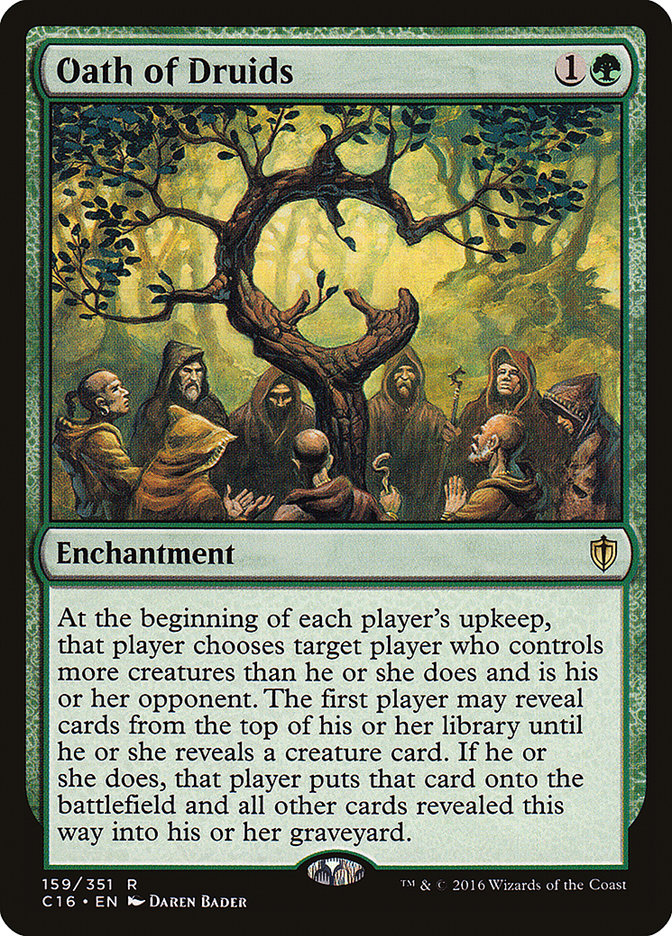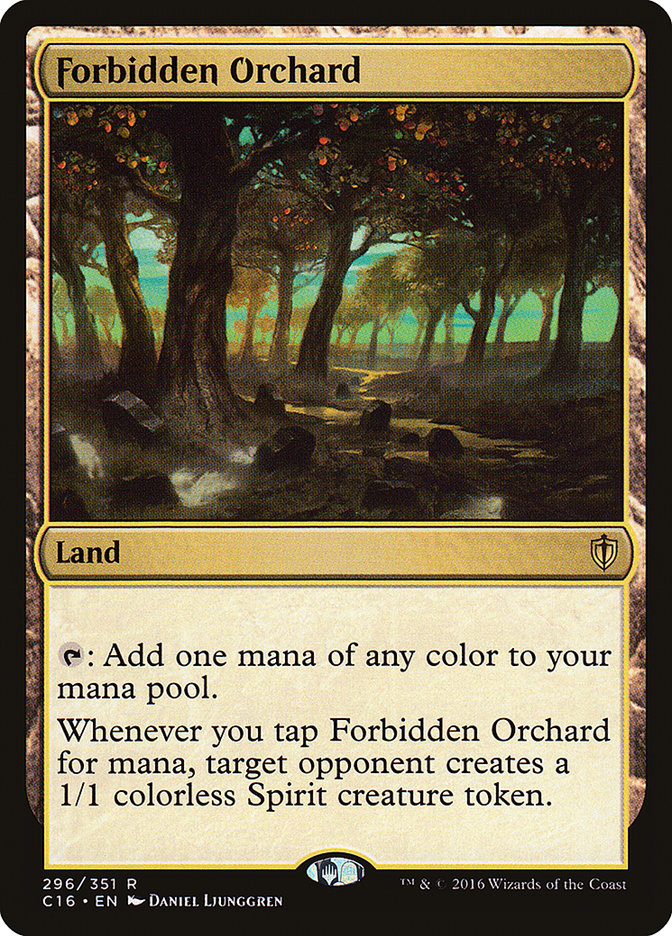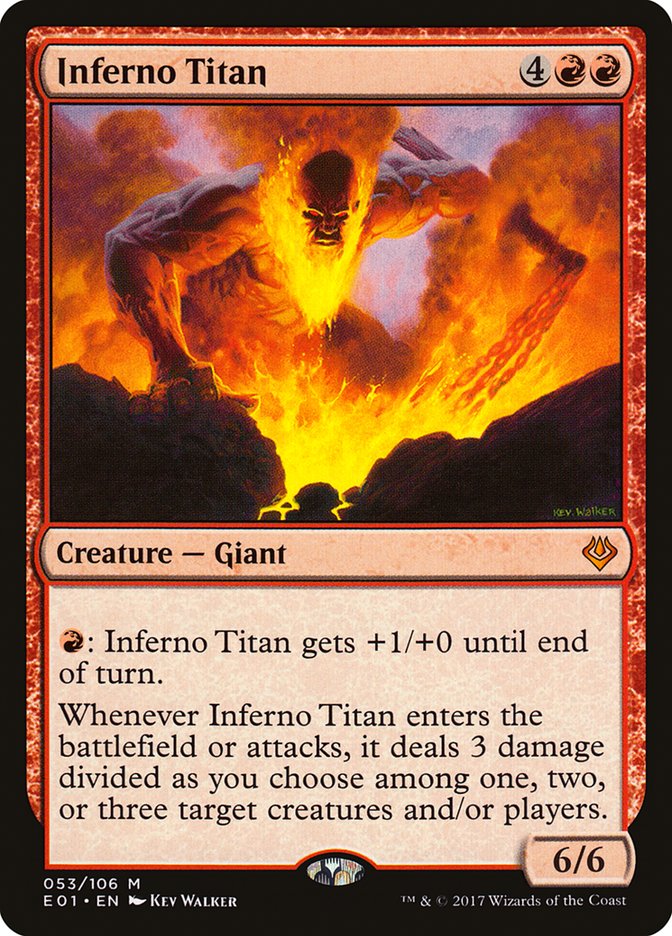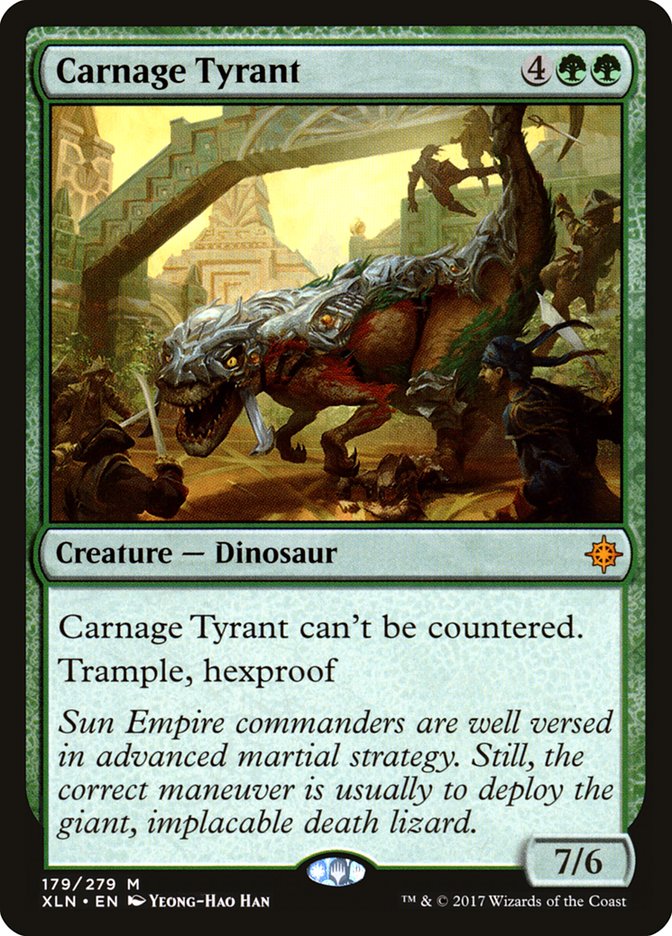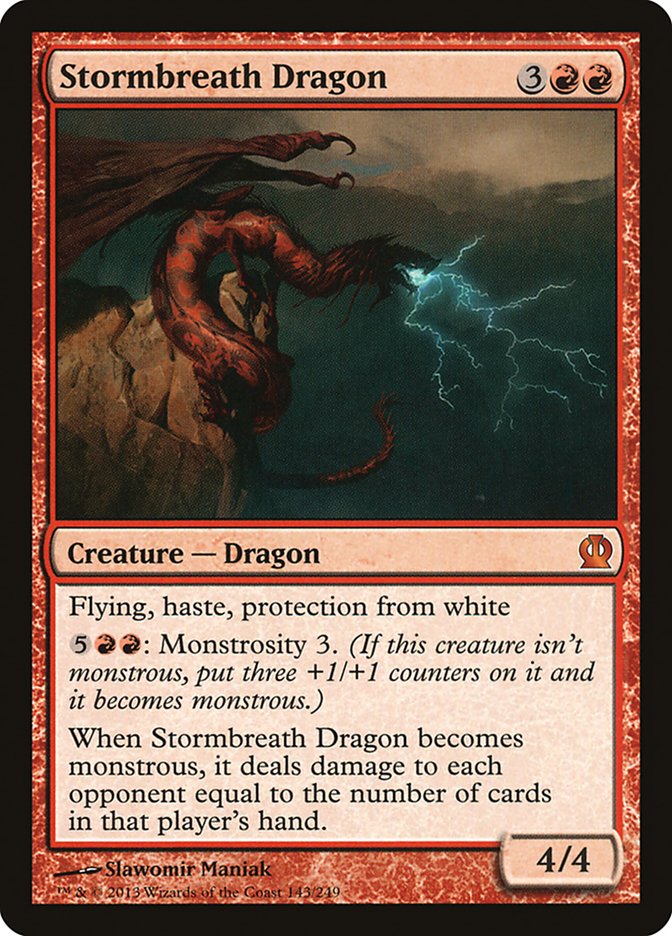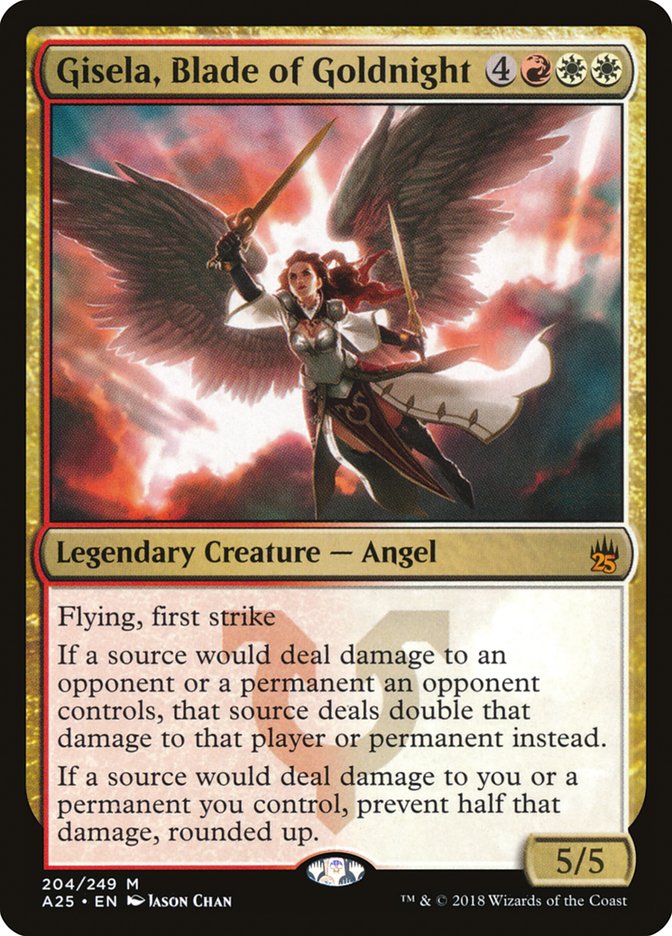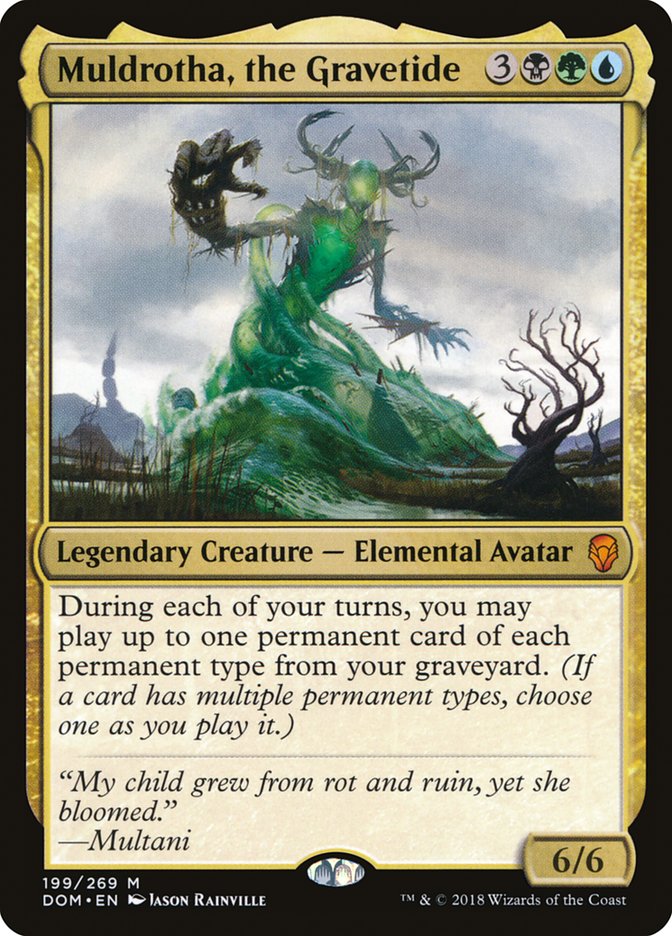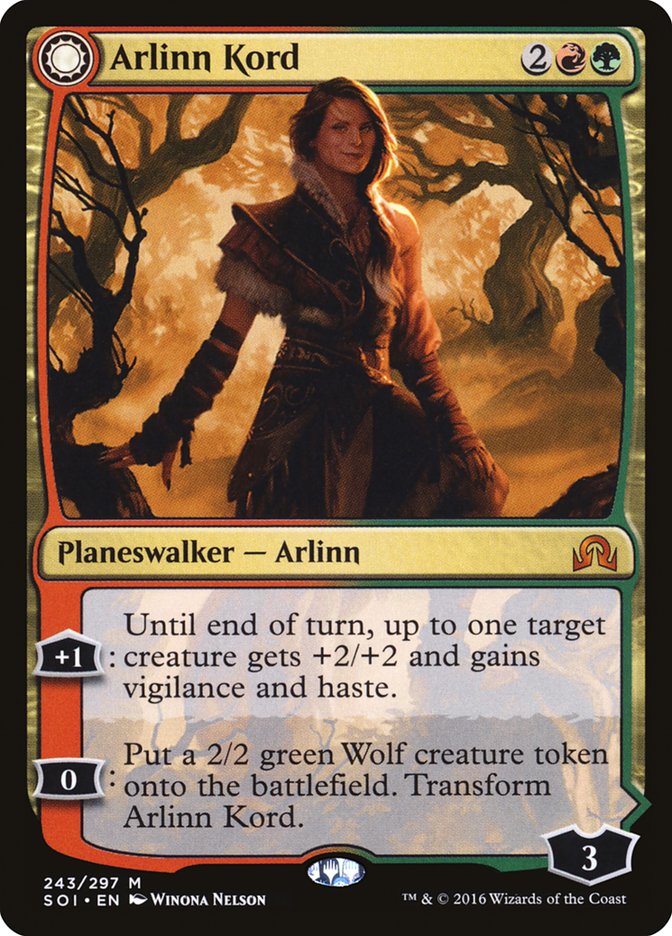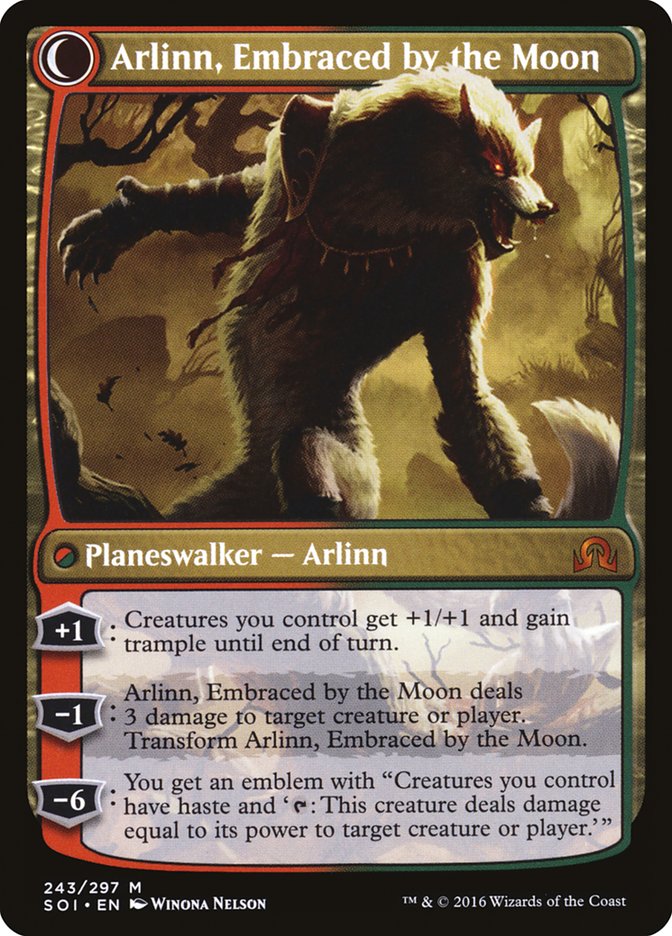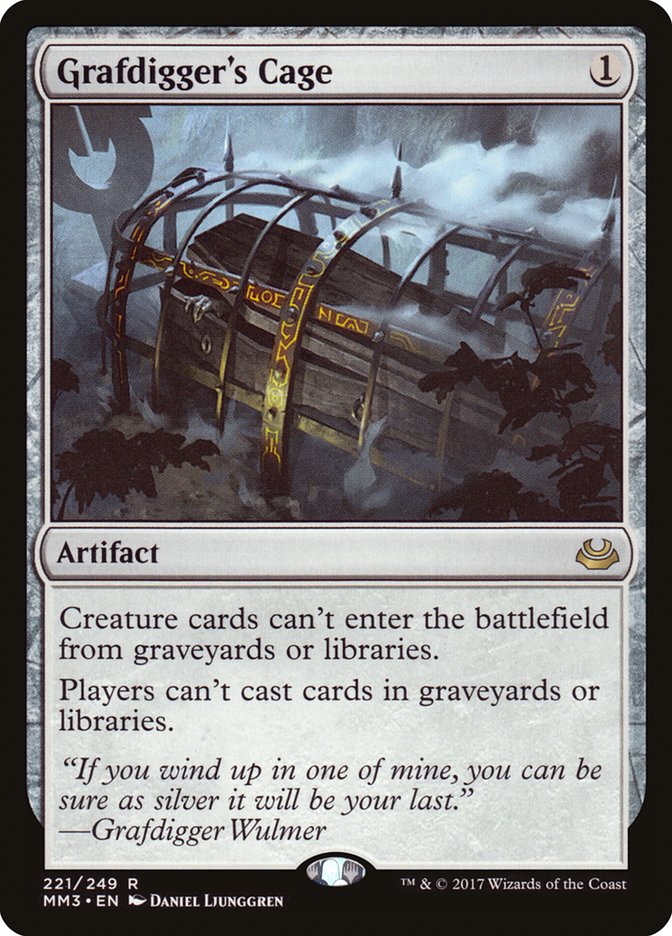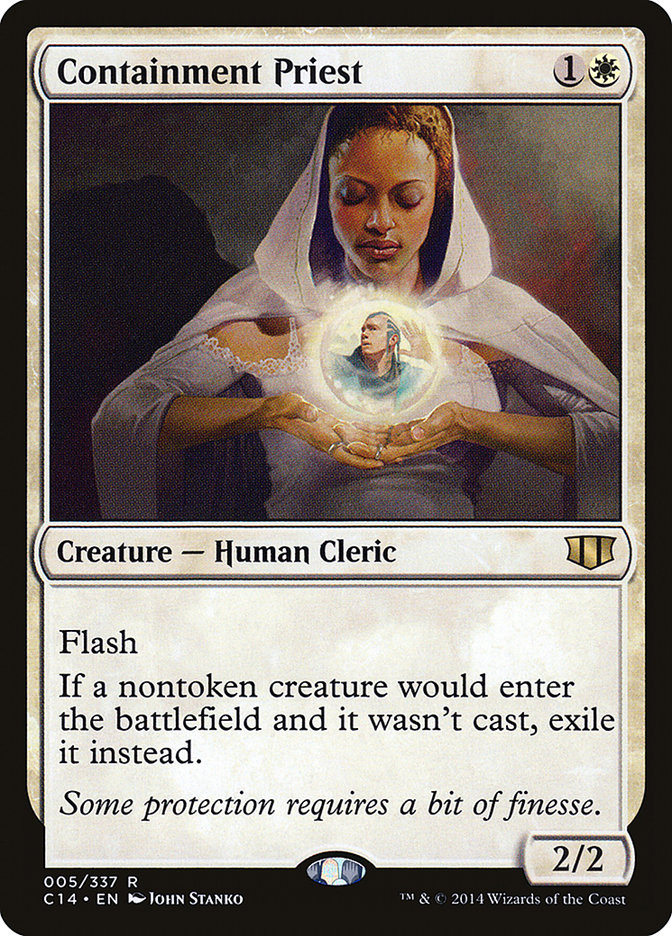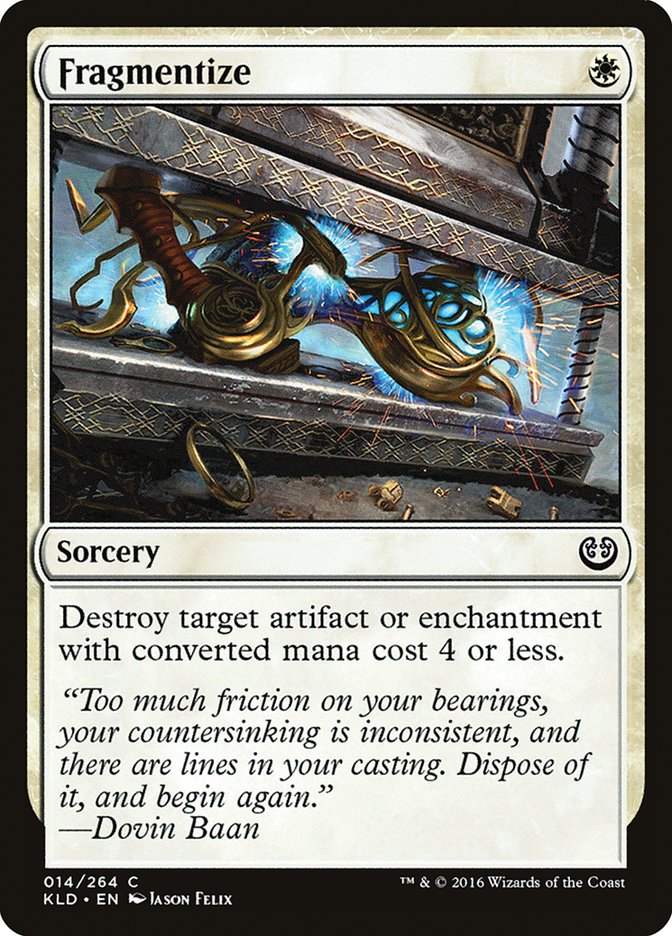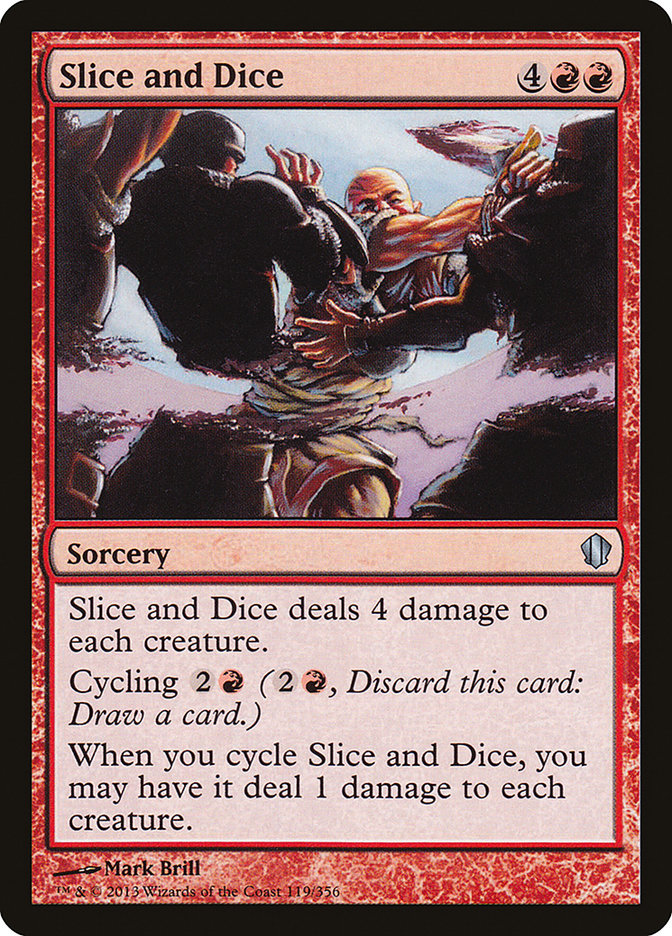With SCG CON just around the corner, now’s a perfect time to talk about one of Vintage’s most venerable metagame staples: Oath of Druids. If you enjoy playing control/combo decks with versatile gameplans, have an unhealthy obsession with tuning your flex slots and fun-ofs exactly right for a given metagame, or just love the Timmy thrill of putting giant monsters onto the battlefield for free, Oath of Druids might be the Vintage deck for you.
What Does Oath of Druids Do?
There are cards more confusing than Oath of Druids, some of which are even enchantments that cost 1G, but it’s still a bit of a mouthful.
With one of these on the battlefield, if your opponent controls more creatures than you do, you may choose to flip over cards from your library until you hit a creature, and then put it onto the battlefield. The other cards go into your graveyard. There are several interesting interactions to note and we’ll get to them later, but the most important one is that it’s a symmetric effect: whoever is behind on creatures may choose to Oath on their upkeep.
To break this symmetry, Oath decks play huge creatures that singlehandedly beat most battlefields. And since not every deck wins with creatures, they also play Forbidden Orchard, a land that fixes your mana while giving creature tokens to your opponent.
Why Play Oath?
I’ll keep!
Sure, sure. Absurd nut draws like this, where we get Turn 1 Oath plus an extra turn with counterspell backup, make any deck look good. But Oath plus Orchard and a Mox happens regularly — depending on how much acceleration you’re running, about 7% of the time on the play. Additionally, roughly half the field in Vintage wants to kill you with Phyrexian Revokers, Monastery Mentors, or other creatures, so it’s not like Orchard is a strict necessity.
Broken hands aside, the “one-card combo” of Oath of Druids brings a lot of raw power to the battlefield. The deck also offers a strong blue control game with access to the usual Vintage-restricted draw spells, countermagic, planeswalkers, and also an extraordinary amount of flexibility in how your deck is constructed.
How Are Oath Decks Constructed?
A few years ago, Oath decks were mostly in Sultai colors with a lot of variety both in creature targets and positioning along the combo-control axis. Griselbrand has always been a solid choice, but Emrakul, the Aeons Torn; Tidespout Tyrant, Sphinx of the Steel Wind, and even Rune-Scarred Demon all appeared in successful decks.
Some builds included Dragon Breath; others included a Time Vault / Voltaic Key package, often with Yawgmoth’s Will; yet others could storm off into a Tendrils of Agony kill. A recent fad was producing arbitrarily large numbers of hasty Sun Titans with Saheeli Rai. The point is, when you’re sitting across the table from an Oath player, it’s hard to know if the next card they’re casting will be Show and Tell, Deep Analysis, Time Vault, Null Rod, Mind’s Desire, or Arcane Laboratory.
Currently, the most successful build of Oath, pioneered by Brian Kelly, is in Temur colors but often includes a light black splash for Demonic Tutor and Yawgmoth’s Will. Red gets you Dack Fayden, arguably the best planeswalker in Vintage, and great interaction: Pyroblast against blue decks, Ancient Grudge and other Shatter effects against Mishra’s Workshop decks, and damage-based sweeper effects.
Creatures (3)
Planeswalkers (5)
Lands (17)
Spells (35)
- 4 Oath of Druids
- 4 Force of Will
- 2 Sylvan Library
- 1 Sol Ring
- 1 Slice and Dice
- 1 Time Walk
- 1 Ancestral Recall
- 1 Mana Crypt
- 1 Gush
- 2 Thirst for Knowledge
- 1 Black Lotus
- 1 Mox Emerald
- 1 Mox Jet
- 1 Mox Pearl
- 1 Mox Ruby
- 1 Mox Sapphire
- 1 Chalice of the Void
- 1 Repeal
- 1 Ancient Grudge
- 2 Mental Misstep
- 1 Gitaxian Probe
- 2 Flusterstorm
- 1 Mystic Retrieval
- 1 Treasure Cruise
- 1 Sorcerous Spyglass

The usual creature targets for Kelly Oath are Griselbrand and Inferno Titan. At first blush, this seems odd. Why wouldn’t you max out on an enormous, flying, lifelinking, card-drawing Demon monstrosity?
One reason is that a lone Griselbrand is hardly a guarantee of stabilizing against current builds of Workshop decks. A single lifelinker is easily ignored by Arcbound Ravager aggro decks; they just sacrifice whatever the Griselbrand blocks, deal damage, and maybe post-combat dump everything onto Walking Ballista for a finishing blow. Oh, and they’ll probably have named Griselbrand with Phyrexian Revoker somewhere along the way. Not ideal.
Another reason has to do with the deckbuilding philosophies of Kelly Oath: your threats generate immediate value and your threats can be hard-cast in a pinch. This second point is more important than it sounds; I’d argue that the ability to hard-cast your monsters is simply card advantage. It means you draw fewer blank cards over long games (actual card advantage), and it also means you care less about your opponent’s hate cards (virtual card advantage).
Inferno Titan is an excellent choice for fulfilling both criteria. It cleans up most battlefields, whether made of Ravagers and Phyrexian Revokers, a Monk and Monastery Mentor, or Spirit tokens from your Forbidden Orchards. 4RR is an achievable mana cost when you’re playing Black Lotus, Mana Crypt, Sol Ring, and all the Moxen, and Titan kills quickly, as usually two hits is enough.
There are secondary Oath targets that see play but usually only out of the sideboard. Some are just in the category of “giant, hard-to-interact-with beater” for fair matchups (Carnage Tyrant, Stormbreath Dragon); others are intended to kill quickly while also making go-wide strategies and Walking Ballista look embarrassing (Gisela, Blade of Goldnight). Muldrotha, the Gravetide has seen play as an absurd value card, but I think it’s too early to say if the card is actually good or not.
A discussion of Kelly Oath wouldn’t be complete nowadays without a brief mention of Arlinn Kord. Yeah, I know, weird, right? The card is medium but versatile. There’s the obvious upside of giving haste to a Titan or Griselbrand you just Oathed onto the battlefield, but it’s also a midrange threat that can grind out games against fair blue decks while dodging Pyroblast. The flip side also deals with Containment Priest, so you can pivot from “fair” to “unfair” quickly.
Answering Hate
The most common card to expect is Grafdigger’s Cage. This card is only medium against you: by necessity, Vintage decks are never short on ways to interact with artifacts and Oath is no exception. While it will stop you from Oathing a creature directly onto the battlefield, if you still choose to Oath with a Cage on the battlefield, you’ll mill yourself until you hit a creature, whereupon Oath will try to put it onto the battlefield, Cage will say no, and then you’ll draw it for the turn. Pretty good if your creatures can plausibly be hard-cast.
Of course, that trick doesn’t work against Containment Priest, which will do exactly what it says and exile your creature instead. Sultai-based Oath decks play Abrupt Decay; this is your best bet, since decks playing Priest will usually be playing countermagic as well. Temur decks play a sweeper or two and often an all-purpose card like Repeal, but they’ll also sideboard a few copies of Sudden Shock.
You should expect to play against enchantment destruction as well. There isn’t much subtlety here, but if you think your control opponent is holding Fragmentize but not Disenchant, try to set up a turn where you cast Oath and Time Walk in the same turn.
There’s also the general problem of sideboarding to adjust your deck’s overall gameplan in a given matchup (sweepers are still good against creature decks even though Oath of Druids is a tremendous anti-creature card, Null Rod is amazing against Paradoxical Outcome combo because they’re much faster than you are, etc.), but that’s too long a discussion to get into here.
Things to Watch Out For
Keep track of how many creatures are left in your deck. If there are none, or if there’s one but it is the very last card in your library (happened to one of my opponents once!), and you choose to Oath, you’re gonna have a bad time.
Oath’s templating is a bit complicated. For the trigger to go on the stack at all, there needs to be a valid target (a non-hexproof opponent who controls more creatures than you do) at the very beginning of your turn, before either player gets priority. If you want to Oath onto an empty battlefield, use your Forbidden Orchard on your opponent’s end step.
Another thing to note is that the Oath trigger is written with an “intervening if” clause. According to the rules, this “When event, if condition, then action” structure performs an additional check of the condition when the trigger resolves. So, if you put an Oath trigger on the stack targeting your opponent who controls several Spirit tokens and they cycle Slice and Dice in response, the trigger won’t do anything on resolution.
One last observation: Oath mirrors are weird. Really weird. Oath is usually an actively bad card to draw, as it’s a symmetric effect that you both play. Either player resolving an Oath means things devolve into a “who can find the most Forbidden Orchard” mini-game. The implications here are many, but two are particularly worth pointing out:
1. The usual “I won’t counter their tutor; I’ll just counter whatever they get with it” reasoning is a complete trap if they intend to get a land.
2. An uncounterable sweeper like Slice and Dice can be a great bailout.
There’s a lot more that could be said about the Oath archetype, but this should get you started with it. Enjoy playing Vintage’s wackiest deck.


